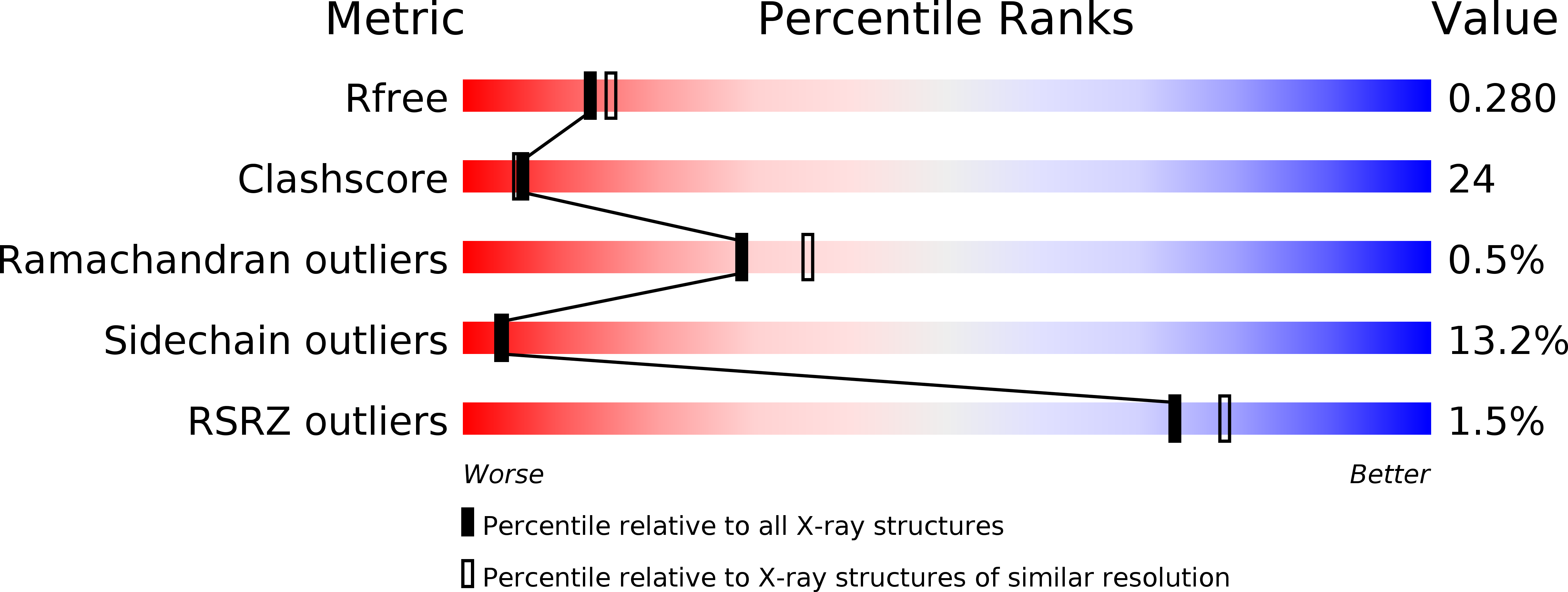
Deposition Date
2012-05-22
Release Date
2012-08-29
Last Version Date
2024-05-22
Entry Detail
PDB ID:
4FAE
Keywords:
Title:
Substrate p2/NC in Complex with a Human Immunodeficiency Virus Type 1 Protease Variant
Biological Source:
Source Organism:
Human immunodeficiency virus 1 (Taxon ID: 11676)
Host Organism:
Method Details:
Experimental Method:
Resolution:
2.30 Å
R-Value Free:
0.27
R-Value Work:
0.19
R-Value Observed:
0.20
Space Group:
P 21 21 21


